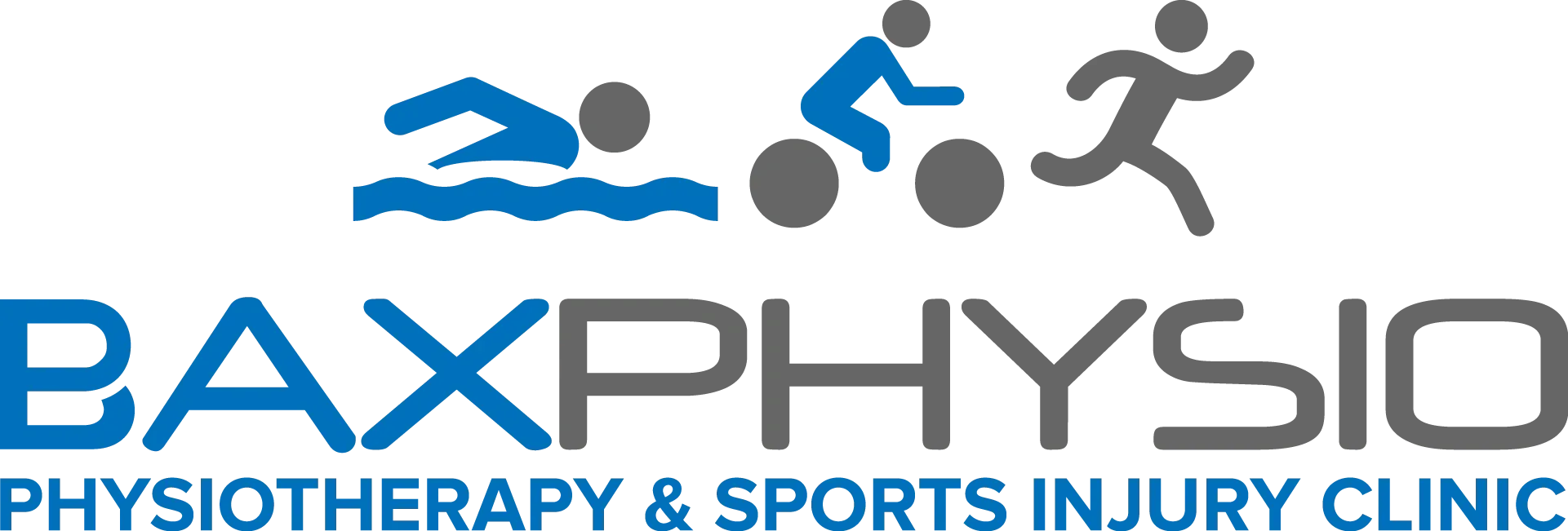Dirk’s expertise in the area of musculoskeletal and sport physiotherapy, comprehensive assessment, movement analysis, pattern normalisation/correction, and treatment philosophy are what sets him apart form other health professionals.
Why Choose Us
Dirk Baxendell is one of a limited number of physiotherapists that has completed additional Masters qualifications in both Sport and Musculoskeletal Physiotherapy (Titled).
Only physiotherapists who have undertaken this postgraduate training can use the title “Sports Physiotherapists” and “Musculoskeletal Physiotherapist”, and essentially are experts in these areas.
In addition, Dirk is an Exercise Physiologist.
How We Can Help You
Dirk has nearly 20 years of experience working in the area of sport and musculoskeletal physiotherapy. His experience includes working with elite athletes; weekend warriors; the industrial athlete (which include all occupations); and even the Royal family in Saudi Arabia!
Dirk has a special interest in treating headaches and migraines and the cervical spine (neck). He uses various techniques including the Dean Watson Technique (arguably one of the world’s leading manual therapist in this area).
With regards to sport, Dirk’s area of interest lies with strength and conditioning of the endurance athlete (in particular the triathlete).
In the area of sport, Dirk not only treats all sporting injuries but he also treats the uninjured athlete wishing to remain injury free and/or looking to improve athletic performance.
Other common areas of treatment include:
- cervical and spinal pain
- hip and pelvic pain
- orthopaedic rehabilitation (e.g. ACL reconstructions; TKR, THR etc)
- shoulder & elbow pain
- foot & ankle pain
Orthopaedic/Post-operative Physiotherapy
BaxPhysio’s philosophy is “think locally, treat globally”. As a very simplistic explanation, the body has 3 muscle systems which allow correct global movement patterns. These are the deep stabilising system, the steering system and the power system.
The power system (those big muscles like the quads) and the steering system (those muscles which control joint position like the rotator cuff in the shoulder) can’t work efficiently or correctly if they don’t have a stable base to work from (Deep Stabilising System).
The deep stabilising system is made up of 5 muscle groups (the diaphragm, pelvic floor, abdominal wall, multifidus and the deep neck flexors). When these muscles work together they create an ideal amount of intra-abdominal pressure which is a necessity for spinal and pelvic stability. Imagine the deep system to be like a can of coke. If I don’t open the can of coke – it won’t matter how or where i apply pressure, the can will maintain its shape. However, if I open the can or put a whole in its side – the shape collapses. Without a stable base (deep stabilising system), the power system and the steering systems are forced to compensate causing pain &/or dysfunction.
So even though someone may present with “local” foot pain, it is imperative that you look “globally” for the over all cause. This allows us to treat the local problem (for example decreasing the pain in the foot with manual therapy techniques), and also by addressing any deep stabilising dysfunctions means there will be a long lasting and hopefully permanent improvement/result. physiotherapy physiotherapist rehabilitation
